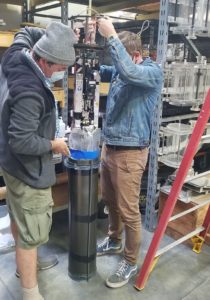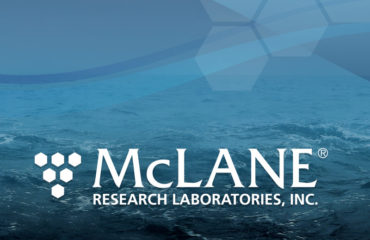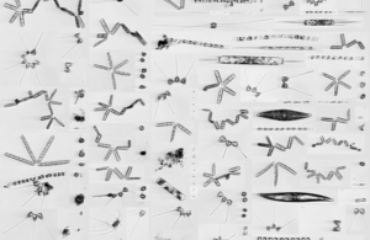
Credit.T.O’Reilly
Monterey Bay Aquarium Research Institute (MBARI) recently updated their Wave-Energy Buoy with a new Imaging Flowcytobot (IFCB). The IFCB is expected to dramatically improve water-quality managers’ ability to predict when harmful algal blooms (HABs) events are imminent.
This IFCB is part of an instrument network deployed from California piers and offshore moorings to capture hourly images of phytoplankton beneath the water’s surface. IFCB underwater phytoplankton images are transmitted via satellite to computers on land that use machine learning and image recognition software to estimate continuous, real-time stream of HABs data.
View the real-time IFCB data here: https://sccoos-ifcbdb.srv.axds.co/timeline…
CeNCOOS supports the data management and data dissemination of an IFCB deployed at the Santa Cruz Wharf by the Kudela Lab at UCSC: https://www.cencoos.org/imaging-flow-cytobots/
The IFCB is an in-situ automated submersible imaging flow cytometer that generates images of particles in-flow taken from the aquatic environment. The IFCB uses a combination of flow cytometric and video technology to capture high resolution images of suspended particles. Laser- induced fluorescence and light scattering from individual particles are measured and used to trigger targeted image acquisition; the optical and image data are then transmitted to shore in real time. Collected images during continuous monitoring can be processed externally with automated image classification software. Images can be classified to the genus or even species level with demonstrated accuracy comparable to that of human experts.



